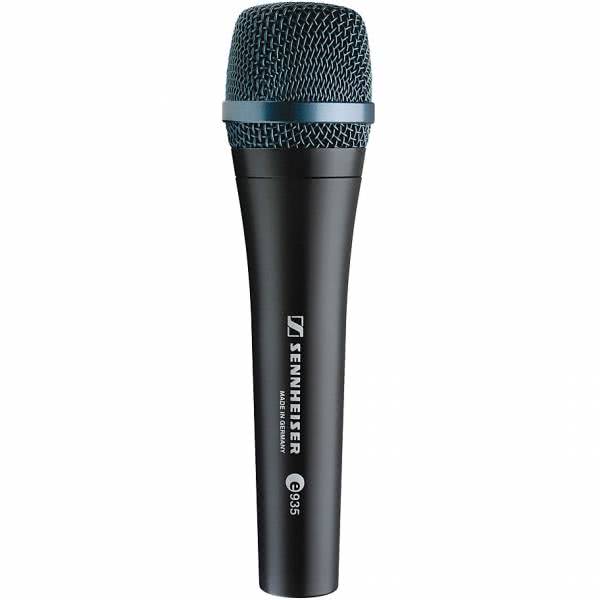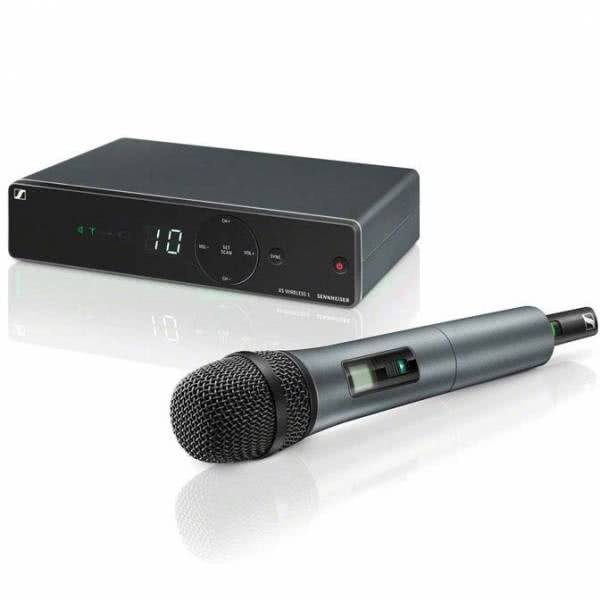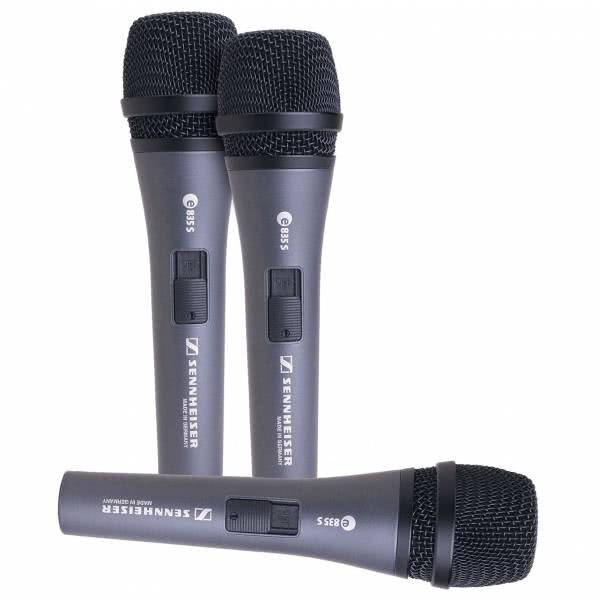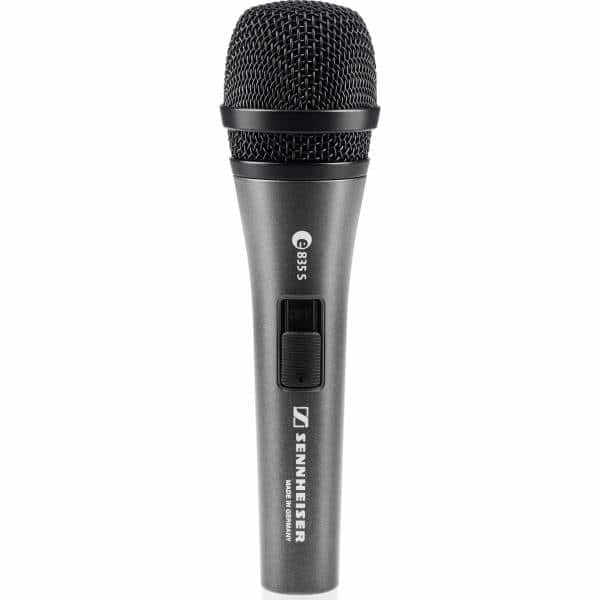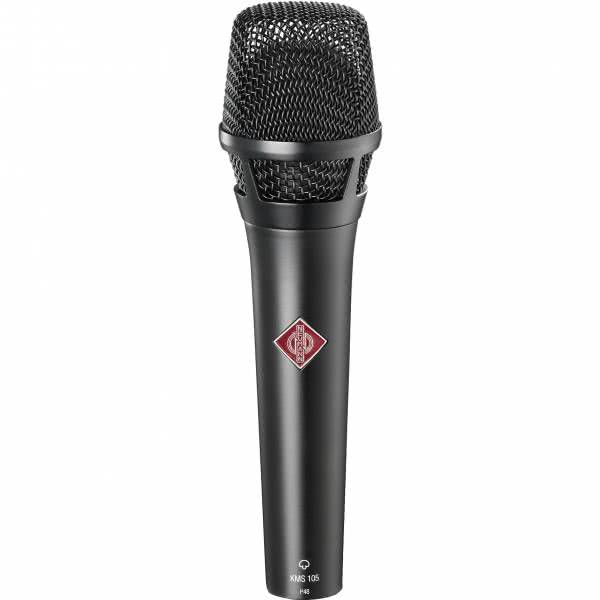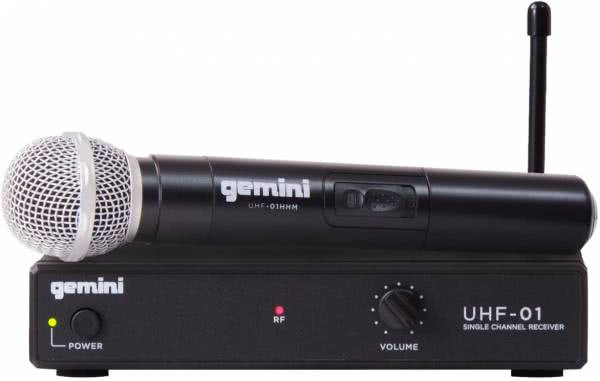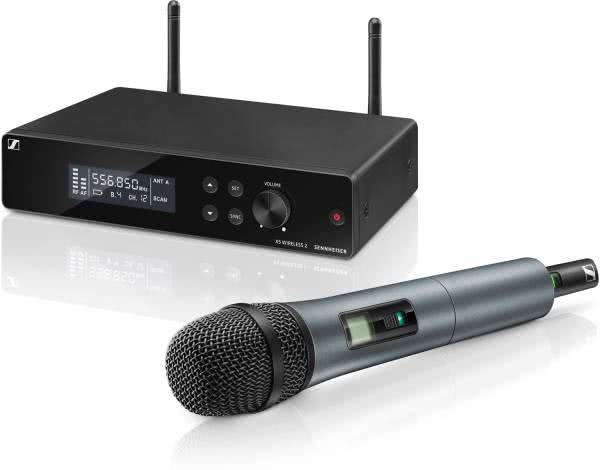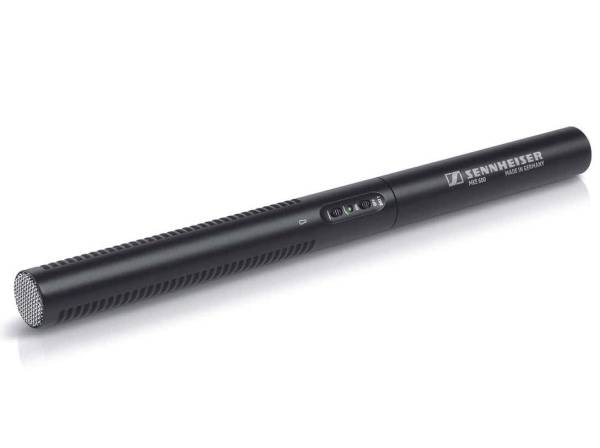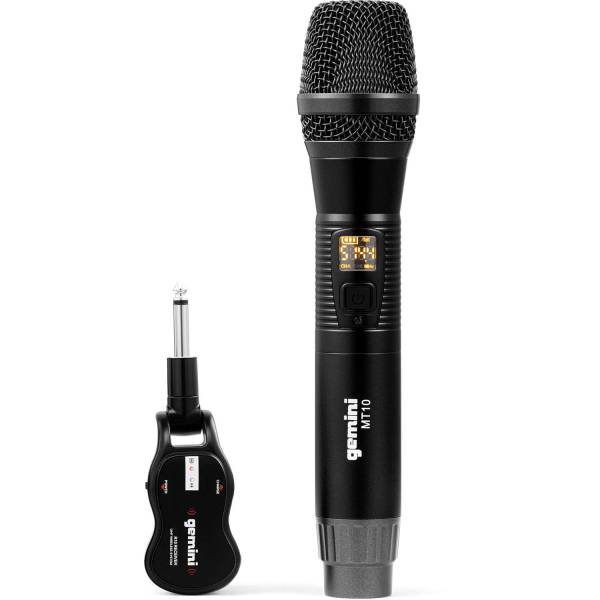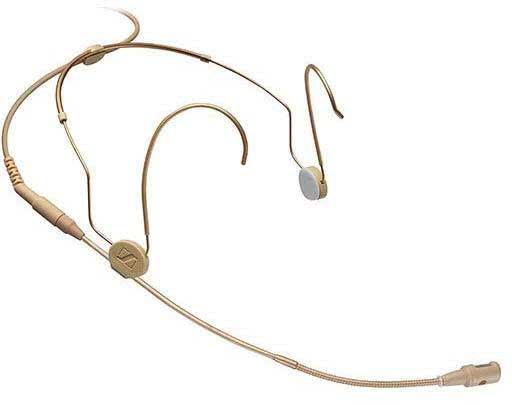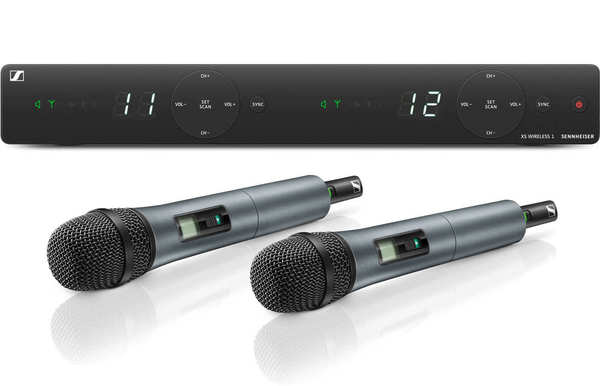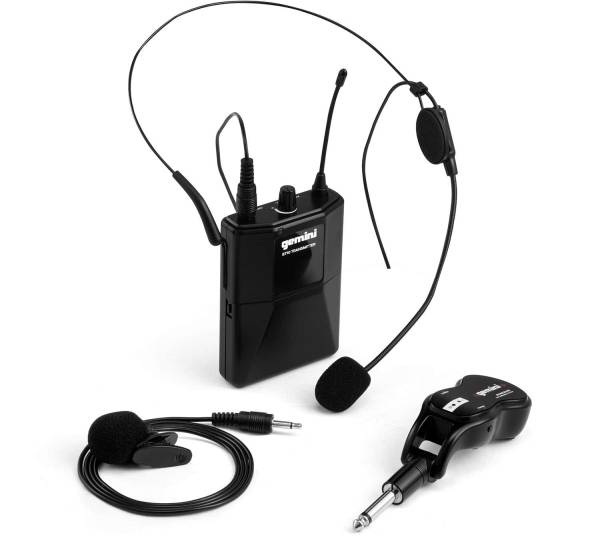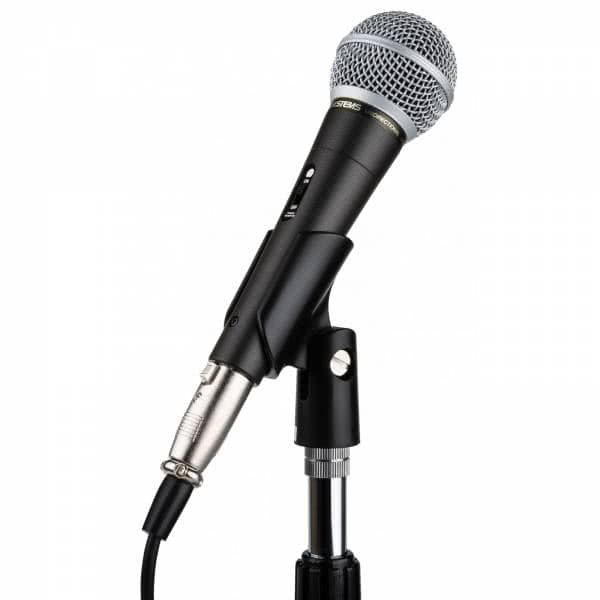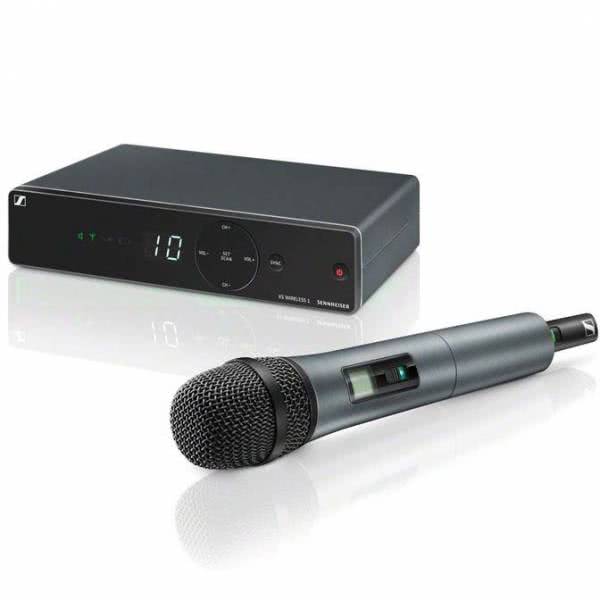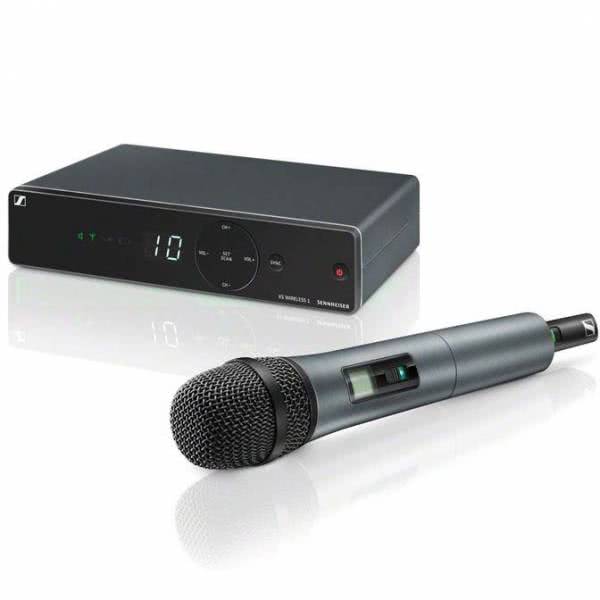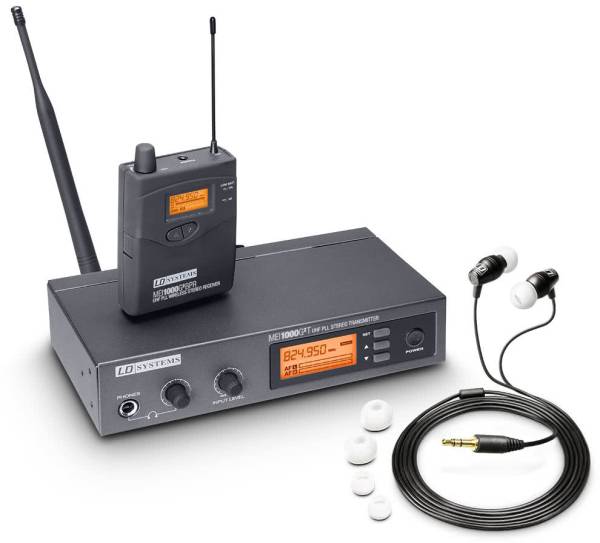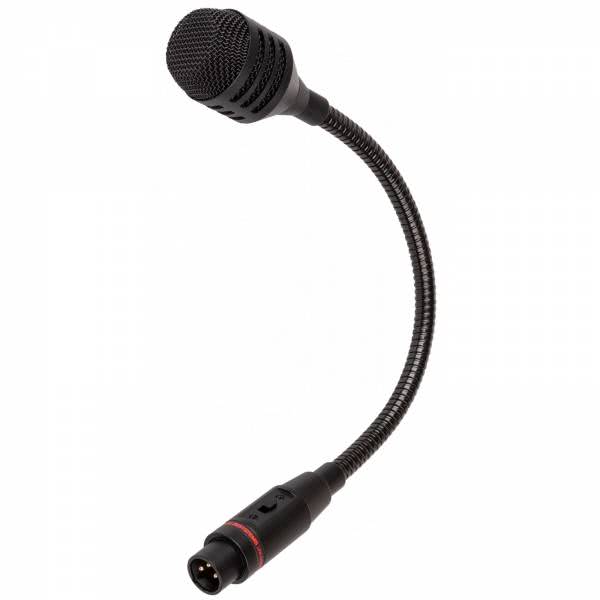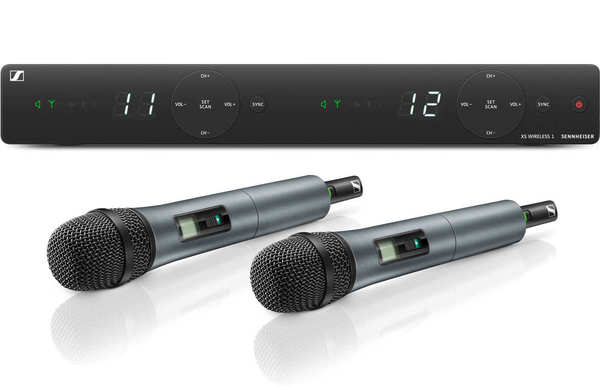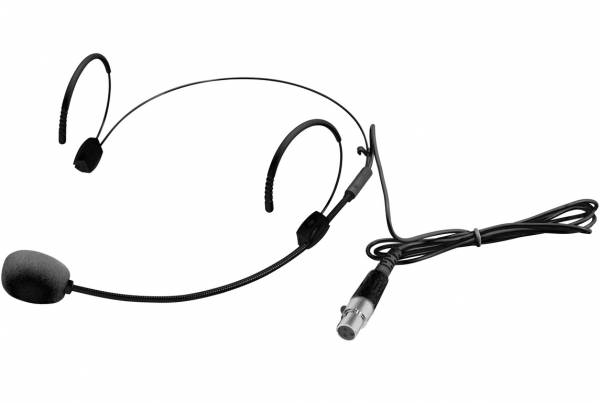Live-Mikrofone: Welche Bauart soll ich wählen?
Mikrofone für den Live-Auftritt unterscheiden sich in zwei verschiedenen Bauarten, die jeweils andere Klangeigenschaften und Erfordernisse auf der Bühne mit sich bringen.
Kondensatormikrofone
Aufbau
Das Kondensatormikrofon verfügt über eine feine Membran, die beim Gesang die Schallwellen deiner Stimme aufnimmt. Für die perfekte Leitfähigkeit ist dieses dünne Metallblättchen in der Regel goldbedampft. In unmittelbarer Nähe dazu, jedoch ohne direkte Berührung, ist eine Gegenelektrode angebracht.
Funktion
Wird nun die Membran in Schwingung versetzt, verändern sich dadurch die Abstände zur Gegenelektrode. Dadurch entsteht Kapazität und somit elektrische Energie. Diese schwachen Signale werden durch einen internen Verstärker hörbar gemacht. Kondensatormikrofone benötigen daher eine sogenannte Phantomspeisung – eine verlässliche Versorgung mit externer Spannung.
Klang
Ergebnis dieser Bauweise ist, dass ein Kondensatormikrofon sehr fein und realistisch klingt. Je leichter die Membran, desto empfindlicher das Mic. Der Klang ist sehr detailgetreu, auch bei den sonst schwer aufzunehmenden kurzen Schallimpulsen.
Verwendung
Um dieses Mikrofon zu betreiben, ist ein Interface mit Phantomspeisung beziehungsweise ein Mikrofonverstärker notwendig. Außerdem brauchst du wegen der sehr empfindlichen Membran einen Mikrofonständer. Dafür klemmst du einen Popschutz an und schraubst eine Mikrofonspinne darauf.
Das Mikrofon kann nun frei schwingen und ist bereit für eine störungsfreie Aufnahme. Dies ist erheblicher Aufwand, belohnt dich aber mit einem satten und sonoren Klang.
Mit dem Kondensatormikrofon zum Live-Auftritt?
In der Regel wird das Kondensatormikrofon für den Gesang im Home- oder Tonstudio verwendet. Der warme, intime Sound, den du damit erschaffst, ist unvergleichlich.
Doch immer, wenn du auch mit einem Live-Mikrofon den vollen, authentischen Klang deiner Stimme ausspielen willst, ist das Kondensatormikrofon mehr als eine Überlegung wert. Probiere es am besten einfach aus.
Dynamische Mikrofone
Aufbau
Der augenscheinlichste Vorteil dynamischer Mikrofone ist, dass sie keine externe Speisung benötigen. Im Inneren des Mics befindet sich ebenfalls eine Membran, die durch Schall in Schwingung versetzt wird.
Funktion
Die Membran ist an einer Tauchspule befestigt, die sich fortlaufend durch das Magnetfeld bewegt. So werden die Schallwellen in elektrische Signale umgewandelt und sind beim Anschluss an einen Lautsprecher direkt zu hören.
Klang
Der Sound unterscheidet sich deutlich von Kondensatormikrofonen. Er ist nicht so warm, dafür aber weicher und gleichzeitig kräftiger. Die Spule ist schwerer und somit weniger störungsanfällig. Insgesamt ist ein Tauchspulenmikrofon robuster gebaut und hat keine Probleme mit ausschweifenden Bewegungen der Singenden. Mit ihnen hast du auch die wenigsten Probleme mit Rückkoppelungen.
Bändchenmikrofone
Es gibt auch eine zweite Sorte von dynamischen Mikrofonen, die aber sehr selten verwendet wird: das Bändchenmikrofon. Statt einer Tauchspule dient hier ein langer Aluminiumfaden als Schallabnehmer.
Verwendung
Dynamische Mikrofone sind die mit Abstand beliebtesten Live-Mikrofone. Du kannst sie einfach in der Hand halten und dich während der Performance frei bewegen. Außerdem erfordern sie nur wenig Zusatzequipment. Neben einem guten Interface und einem XLR-Kabel benötigst du nur noch deine Stimme, um sofort loszulegen.
Dynamische Mikrofone sind sehr vielseitig, sodass du sie in den verschiedensten Situationen einsetzen kannst. Sie kommen auch mit hohen Schalldruckpegeln zurecht und halten dank ihrer robusten und feuchtigkeitsbeständigen Bauweise auch harten Bühnensituationen stand.
Live-Auftritt mit dem dynamischen Mikrofon?
Dynamische Mikrofone sind die perfekten Live-Mikrofone für alle Fälle von Gesang bis Moderation. Das einfache Handling macht sie zu den idealen Begleitern on Tour. Obendrein sind sie auch noch vergleichsweise günstig.
Das richtige Live-Mikrofon ist Geschmackssache
Du siehst: Sowohl Kondensator- als auch dynamische Mikrofone haben ihre Vor- und Nachteile. Daher solltest du verschiedene Mics ausprobieren.
Am Ende entscheiden dein Geschmack, deine Art der Performance und deine Persönlichkeit: Möchtest du durch wenig Equipment möglichst flexibel und schnell einsatzbereit sein? Dann sind wahrscheinlich dynamische Live-Mikrofone die richtigen für dich. Willst du den unvergleichlichen Sound deiner Stimme in den Vordergrund stellen und legst Wert auf einen perfekten Klang? Dann solltest du über ein Kondensatormikrofon nachdenken.
Wissenswertes rund um dynamische Live-Mikrofone
Wenn du dich mit den wichtigsten Parametern beim Einsatz von dynamischen Mikrofonen auskennst, kannst du schnell und professionell das Sound-Erlebnis für dein Publikum optimieren.
Richtcharakteristik
Entsprechend der Bauweise und des eingesetzten Wandlerprinzips verfügen Mikrofone über verschiedene Richtcharakteristiken. Welche für dich geeignet ist, hängt vom Einsatzzweck ab. Die Mikrofon-Richtcharakteristik beschreibt den räumlichen Bereich, in dem das Mic die meisten Frequenzen erfasst und wiedergibt.
Beispiel: Ein Mikrofon mit Kugelcharakteristik nimmt den Schall aus allen Richtungen auf. Bei gleichem Abstand zum Schallobjekt bleibt auch die Lautstärke konstant.
Es gibt sieben verschiedene Richtcharakteristiken, wovon jede ihre eigenen Vorteile hat:
- Niere
- Breite Niere
- Superniere
- Hyperniere
- Kugel
- Achter
- Keule
Die Nierencharakteristik gehört zu den beliebtesten. Der Fokus liegt hier auf dem Schall, der frontal kommt; seitlich einströmende Geräusche sind leiser. Alles, was hinter dem Mikrofon passiert, spielt fast keine Rolle.
Frequenzgang
Bei ist gewünscht, dass alle Frequenzen möglichst linear und neutral übertragen werden. Anders ist es bei Live-Mikrofonen, die die menschliche Stimme optimal klingen lassen. Hier kannst du einzelne Frequenzen oder -bereiche anheben oder absenken. Der gesamte Frequenzbereich eines Mikrofons wird vom Hersteller als Frequenzgang angegeben. Du musst also wissen, wofür genau du dein Live-Mikrofon verwenden willst und es eingehend testen.
Grenzschalldruck
Hast du schon einmal vom Klirrfaktor gehört? Damit ist der Schalldruck gemeint, ab dem bei deinem Mikrofon mit einer Verzerrung zu rechnen ist. Wie schnell sind die Dezibel-Werte deines Live-Mikrofons überschritten, weil es zu nah an einem Lautsprecher steht? Dynamische Mics sind hier zwar etwas robuster, weil sie eine dickere Membran haben. Den Grenzschalldruck zu kennen, ist trotzdem für den Einsatz in der Praxis unablässig.
Großes Sortiment für deinen Auftritt
Qualität gewinnt
Eins ist klar: Das universale Live-Mikrofon gibt es nicht. Du musst die verschiedenen klangbildenden Faktoren kennen und sie in der Praxis testen. Wir bieten dir eine große Auswahl an hochwertigen Live-Mikrofonen an, unter anderem von Top-Marken wie Sennheiser, Vestax, Roland, Gemini, Neumann und Omnitronic.
Wisse, was du brauchst
Wähle also nach deinen Wünschen und Anforderungen aus: Von Gesang über Moderation bis zum Einsatz bei Konferenzen ist für dich das richtige Live-Mikrofon dabei. Viele Mics überzeugen durch eine extra leichte Bedienung, On-/Off-Schalter oder mitgelieferte Etuis für den sicheren Transport. Lass dich bei Bedarf auch gern von unseren Experten beraten. Unser Kundenservice steht dir mit Rat und Know-how zur Verfügung.

